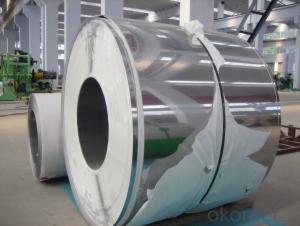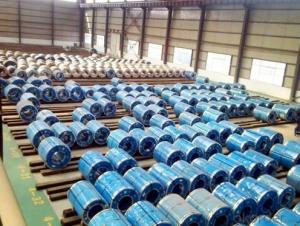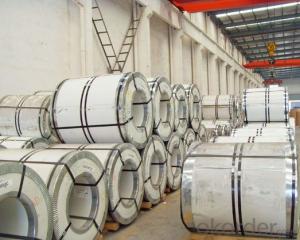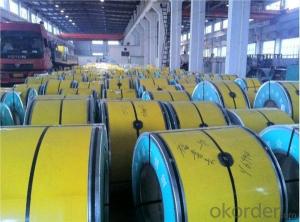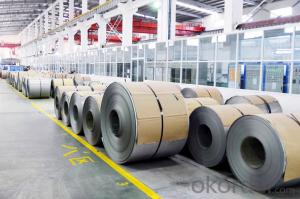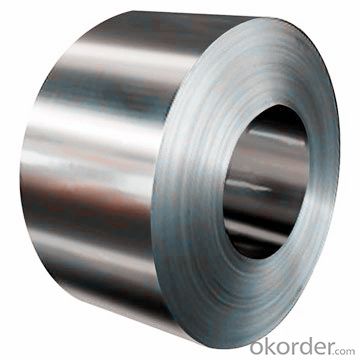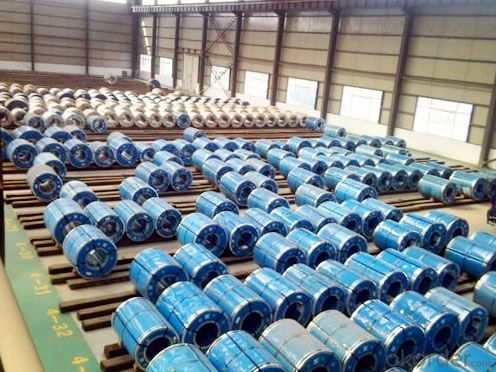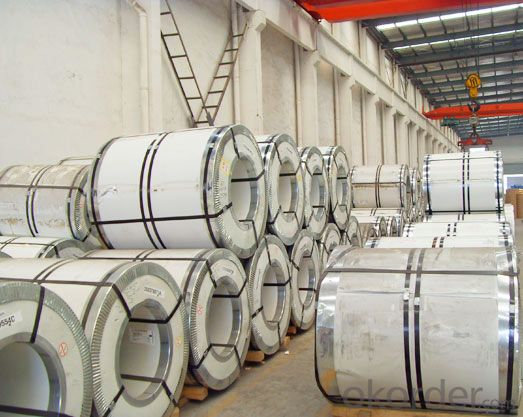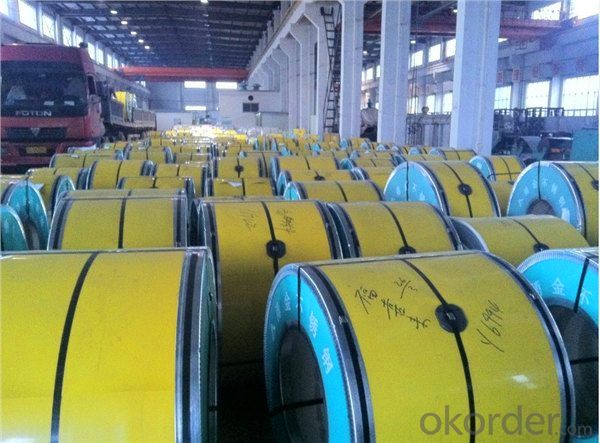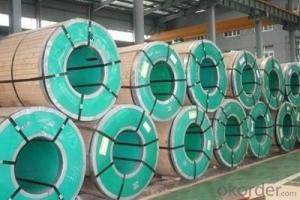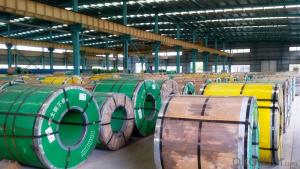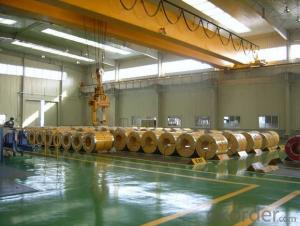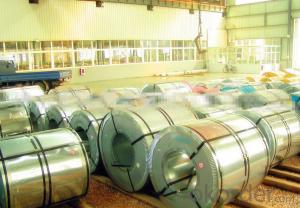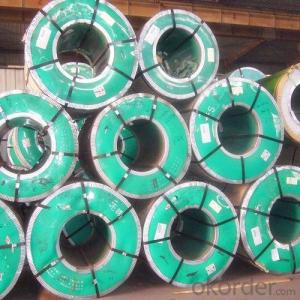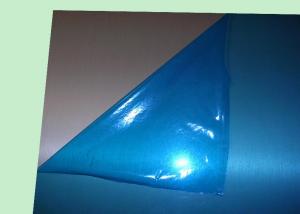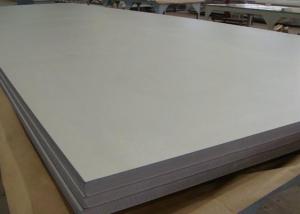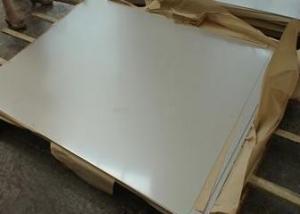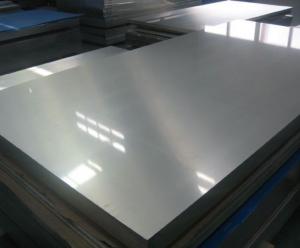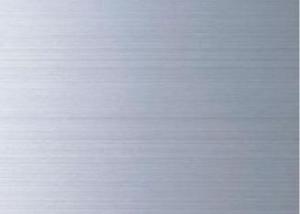Stainless Steel Coil 304/316 Hot / Cold Rolled Grade NO.1
- Loading Port:
- Tianjin
- Payment Terms:
- TT OR LC
- Min Order Qty:
- 20 m.t.
- Supply Capability:
- 4000 m.t./month
OKorder Service Pledge
OKorder Financial Service
You Might Also Like
Stainless Steel Sheet/ Coil 304/ 316/ 304L/ 316L Hot rolled & Cold rolled
Product details:
Item | 304/ 316 stainless steel coil manufacturer |
Technical | Hot rolled and cold rolled |
Standard | ASTM A240,GB/T3280-2007,JIS4304-2005,ASTM A167,EN10088-2-2005,etc |
Surface | 2B,2D,BA,NO.1,NO.4,NO.8, 8K, mirror ,checkered ,embossed ,hair line, sand blast, etching, etc |
Thickness | 0.01~30mm |
Width | 1000mm,1219mm,1500mm,1800mm,2000mm,2500mm,etc |
Package | Standard export package, suit for all kinds of transport, or as required |
Export to | Ireland,Singapore,Indonesia,Ukraine,Saudi Arabia,Spain,Canada,USA, Brazil,Thailand,Korea,Iran,India,Egypt,Malaysia,Dubai,Viet Nam,Peru,Mexico,South Africa,Kuwait,Oman,Russia,etc |
Container Size | 20ft GP:5898mm(Length)x2352mm(Width)x2393mm(High) 40ft GP:12032mm(Length)x2352mm(Width)x2393mm(High) 40ft HC:12032mm(Length)x2352mm(Width)x2698mm(High) |
Application | Stainless steel coil applies to construction field, ships building industry, petroleum, chemical industries, war and electricity industries, food processing and medical industry, boiler heat exchanger, machinery and hardware fields. Stainless steel coil can be made according to the customers requirements. |
Contact | If you have any question,please feel free to contact me . We are sure your inquiry or requirements will get prompt attention. |
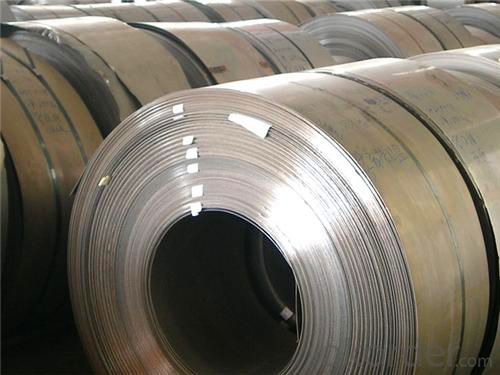
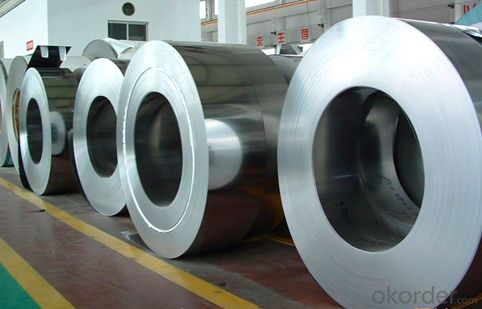
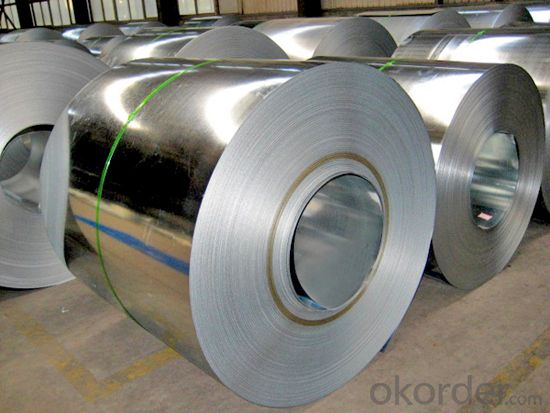
- Q: Can stainless steel strips be used in the production of cutlery?
- Yes, stainless steel strips can be used in the production of cutlery. Stainless steel is a popular choice for cutlery due to its durability, resistance to corrosion, and easy maintenance. Stainless steel strips can be shaped and formed into the desired cutlery shapes, providing a sturdy and long-lasting product.
- Q: Can stainless steel strips be used in oil and gas industries?
- Indeed, the oil and gas industries can utilize stainless steel strips. Renowned for its exceptional resistance to corrosion, impressive strength, and long-lasting nature, stainless steel proves to be an optimal material for various applications within the oil and gas sector. By employing stainless steel strips, one can manufacture pipes, tubes, fittings, valves, heat exchangers, and other components that encounter challenging operational conditions such as corrosive surroundings, elevated temperatures, and intense pressures. Moreover, stainless steel boasts commendable weldability and formability, thereby enabling effortless fabrication and installation in oil and gas facilities. In summary, stainless steel strips offer the essential dependability and performance that the oil and gas industry necessitates.
- Q: What is the hardness of stainless steel strips?
- The hardness of stainless steel strips can differ based on various factors, including the specific grade of stainless steel, the applied heat treatment, and the method of manufacturing. Stainless steel is generally recognized for its hardness and strength, but different grades offer varying levels of hardness. Stainless steel strips are commonly produced in grades like 304, 316, 430, and 201, among others. These grades possess different compositions and properties that directly impact their hardness. Typically, stainless steel strips are hardened through cold rolling, a process that involves compressing and stretching the material to enhance its hardness and strength. To measure the hardness of stainless steel strips, the Rockwell scale is commonly used. This scale offers a standardized method for determining the material's resistance to indentation. The typical hardness values for stainless steel strips can range from approximately 70 HRB (Rockwell B scale) for softer grades to over 90 HRB for harder grades. It's worth noting that the hardness of stainless steel strips can also be further adjusted through additional heat treatment processes, such as annealing or tempering. These processes can either increase or decrease the material's hardness, depending on the desired characteristics and application requirements. In conclusion, the hardness of stainless steel strips can vary significantly depending on the specific grade, heat treatment, and manufacturing process. To determine the exact hardness for a particular application, it's essential to consult the material's technical specifications or seek advice from a metallurgical expert.
- Q: How do you measure the hardness of stainless steel strips?
- The hardness of stainless steel strips can be measured using a variety of methods, but the most common technique is the Rockwell hardness test. This test involves applying a specific load to the surface of the steel strip using a diamond or a hardened steel ball. The depth of penetration into the material is then measured, and a hardness value is determined based on the indentation depth. Other methods like the Brinell and Vickers tests can also be used to measure hardness, but the Rockwell test is widely accepted and commonly used in the industry.
- Q: Can 111 stainless steel strips be coated with anti-fouling coatings?
- Yes, 111 stainless steel strips can be coated with anti-fouling coatings.
- Q: How do stainless steel strips perform in low temperature environments?
- Stainless steel strips perform exceptionally well in low temperature environments due to their inherent properties such as high strength, corrosion resistance, and toughness. They are capable of maintaining their structural integrity, durability, and resistance to brittleness even in extremely cold temperatures.
- Q: Are stainless steel strips suitable for gas turbines?
- Yes, stainless steel strips are suitable for gas turbines. Stainless steel is known for its excellent corrosion resistance, high temperature strength, and durability, making it a suitable material for the harsh working environment of gas turbines. It can withstand the high temperatures and pressures involved in the operation of gas turbines, making it a reliable choice for various components and applications.
- Q: Can stainless steel strips be used in pharmaceutical packaging?
- Certainly! Stainless steel strips are an ideal choice for pharmaceutical packaging due to their durability and resistance to corrosion. This material is highly suitable for various industries, including pharmaceuticals, as it possesses exceptional durability and corrosion resistance. In pharmaceuticals, stainless steel strips are utilized for producing packaging containers, vials, and other components that demand utmost cleanliness and hygiene. Furthermore, stainless steel is non-reactive and does not release any harmful substances into the pharmaceutical products, guaranteeing the safety and quality of the medication.
- Q: What is the corrosion resistance of stainless steel strips?
- Stainless steel strips are known for their excellent corrosion resistance. This is due to the presence of chromium in the steel, which forms a protective oxide layer on the surface of the material. This oxide layer acts as a barrier, preventing oxygen and moisture from reaching the underlying steel and causing corrosion. The corrosion resistance of stainless steel strips can vary depending on the specific grade and composition of the steel. Generally, stainless steel strips are resistant to corrosion from a wide range of environments, including atmospheric conditions, water, chemicals, and even high temperatures. In addition to chromium, stainless steel strips may also contain other alloying elements such as nickel, molybdenum, and titanium, which further enhance their corrosion resistance properties. These alloying elements contribute to the formation of a stable and protective oxide layer, making stainless steel strips highly resistant to rust, tarnish, and corrosion. Furthermore, stainless steel strips can be passivated, a process that improves their corrosion resistance even further. Passivation involves treating the surface of the strips with an acid solution or other chemicals to remove any contaminants and enhance the formation of the protective oxide layer. Overall, the corrosion resistance of stainless steel strips is one of their key advantages, making them a popular choice for various applications where durability and resistance to corrosion is crucial, such as in the automotive, construction, and manufacturing industries.
- Q: Are stainless steel strips suitable for decorative etching?
- Yes, stainless steel strips are suitable for decorative etching. Stainless steel is a durable and corrosion-resistant material that lends itself well to various etching techniques. It can be etched with intricate designs, patterns, or logos, making it a popular choice for decorative purposes.
Send your message to us
Stainless Steel Coil 304/316 Hot / Cold Rolled Grade NO.1
- Loading Port:
- Tianjin
- Payment Terms:
- TT OR LC
- Min Order Qty:
- 20 m.t.
- Supply Capability:
- 4000 m.t./month
OKorder Service Pledge
OKorder Financial Service
Similar products
Hot products
Hot Searches
Related keywords

